By Bob (Monty) Doherty
In 1872, our city established its first city seal. After the Battle of Bunker Hill on June 17, 1775, Colonial troops withdrew to fortify Prospect Hill. This hill became known as General Washington’s “Citadel,’’ his command post during the “Siege of Boston.” This was the first location in America to celebrate our flag, the Grand Union, before the constellation of stars on it began to grow. It was raised in the presence of the General.
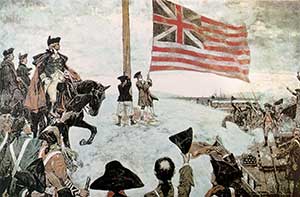
The seal was a depiction of General Washington standing on Prospect Hill with a Union Flag unfurled. On his left, was a view of Boston focusing on the State House. On his right, was a view of Charlestown centering on the Bunker Hill Monument. There were two concentric circles surrounding this image. In the inner circle, the inscription read “Somerville, founded 1842, Established a city in 1872.” In the outer circle, the inscription was the city motto “Municipal Freedom Gives National Strength.” For a century, the seal was a representation of General George Washington being honored by Somerville.
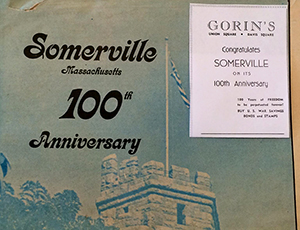
In celebration of its 100th birthday in 1972, the city designed a new city seal emphasizing the oldest and revered stone building in Massachusetts, “The Old Powder House.” The wording stayed the same, but the central portion of the seal was changed to today’s Powder House depiction. The 30-foot stone structure was built in 1703-1704 by French Huguenot, John Mallet. He deeded it in 1747 to the Province of the Massachusetts Bay Colony where it was secured as a gunpowder magazine.
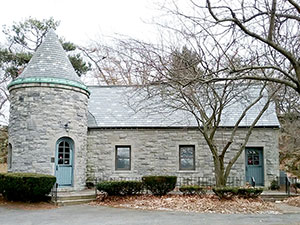
Through the years, it was protected by one of Ben Franklin’s early lightning rods rising from its roof. On September 1, 1774, the site was attacked by British troops who captured the Colonial’s gunpowder which was stored there. This was eight months before Lexington, making it the dress rehearsal to the American Revolution.
This year is the 320th anniversary of its construction, and September 1st will be the 250th anniversary of the British attack.
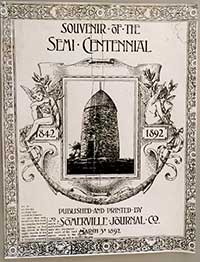
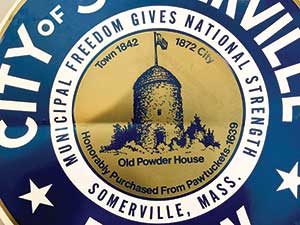
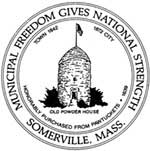

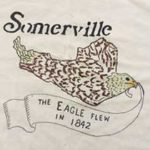














Reader Comments